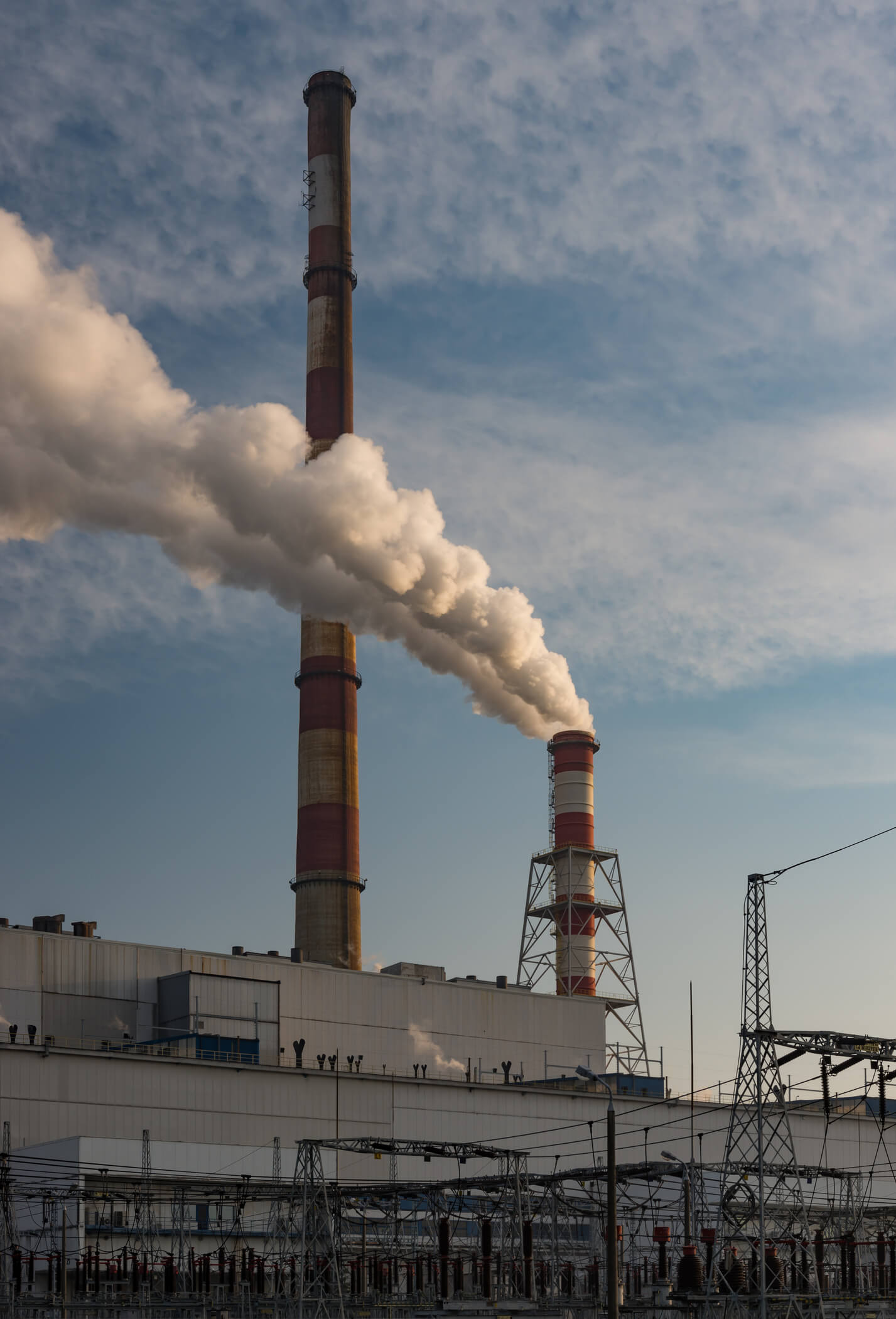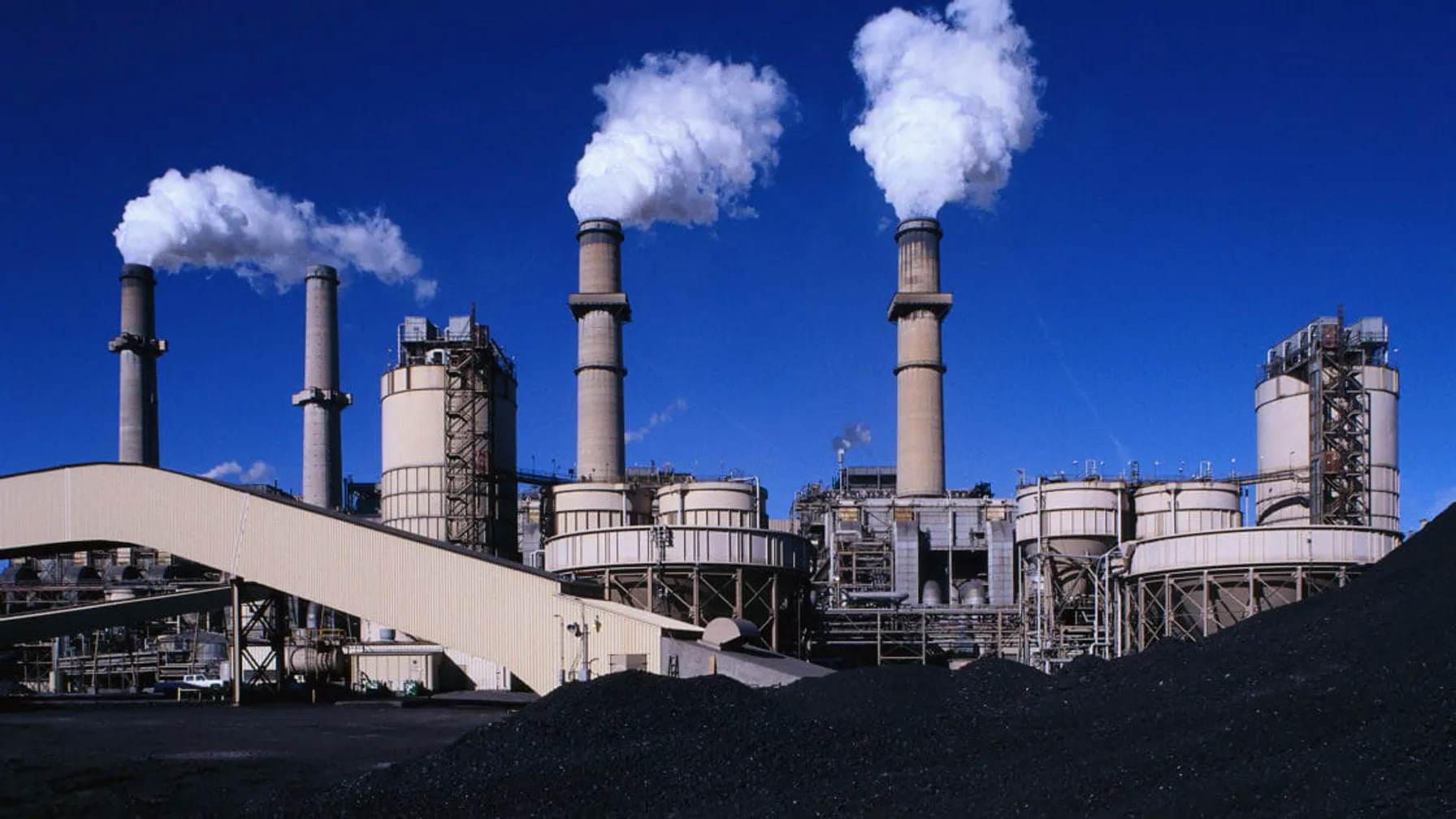On December 7, 2020, U.S. Environmental Protection Agency (EPA) Administrator Andrew Wheeler announced the agency’s decision to retain the existing National Ambient Air Quality Standards (NAAQS) for particulate matter (PM), which applies to the NAAQS for both fine and coarse particulate matter (PM2.5 and PM10), as established by the Obama-Biden Administration. In this virtual press conference, Wheeler noted that the Trump Administration reviewed more than 60,000 public comments before deciding to retain the existing standards.
Particulate matter emissions (including PM10 and PM2.5) have been steadily declining in the U.S. for decades. Since 2016, EPA has re-designated 9 nonattainment areas to attainment for PM2.5 and 12 areas for PM10. Between 2000 and 2019, average PM2.5 concentrations in the U.S. were reduced by 44 percent and average PM10 concentrations decreased by 46 percent.
Two days later, the EPA announced a rulemaking that requires the agency to conduct a cost-benefit analysis for every major air pollution regulation and, to the extent possible, to make the data available to the public. EPA Administrator Andrew Wheeler signed the final rule on December 8 and is submitting it for publication in the Federal Register (FR).
Related Services

The new rule
Titled “Increasing Consistency and Transparency in Considering Benefits and Costs in the Clean Air Act Rulemaking Process”, is one of several rulemaking efforts that the Trump Administration is finalizing in its final month that could constrain the Biden Administration’s regulatory authority, at least temporarily. The Biden Administration would have to undergo a lengthy rulemaking process to undo the actions set forth by EPA this month.
This rule restricts the agency to considering only the economic benefits resulting directly from reducing emissions of the targeted pollutant and does not allow secondary benefits from reductions of non-regulated pollutants to be included. The rule also requires EPA to distinguish between domestic benefits and global benefits. Wheeler noted that a key goal of the rule was to educate the public and provide transparency in the rulemaking process.
Another rule could be revealed before the year is out
Wheeler said EPA is racing to finalize a rulemaking that would restrict the “types of science” the agency can consider when setting air pollution limits.
Any new administration brings forth uncertainty for industry; however, these rulemakings should provide some short term stability for industrial clients, as more stringent emission standards could restrict production and economic growth.



